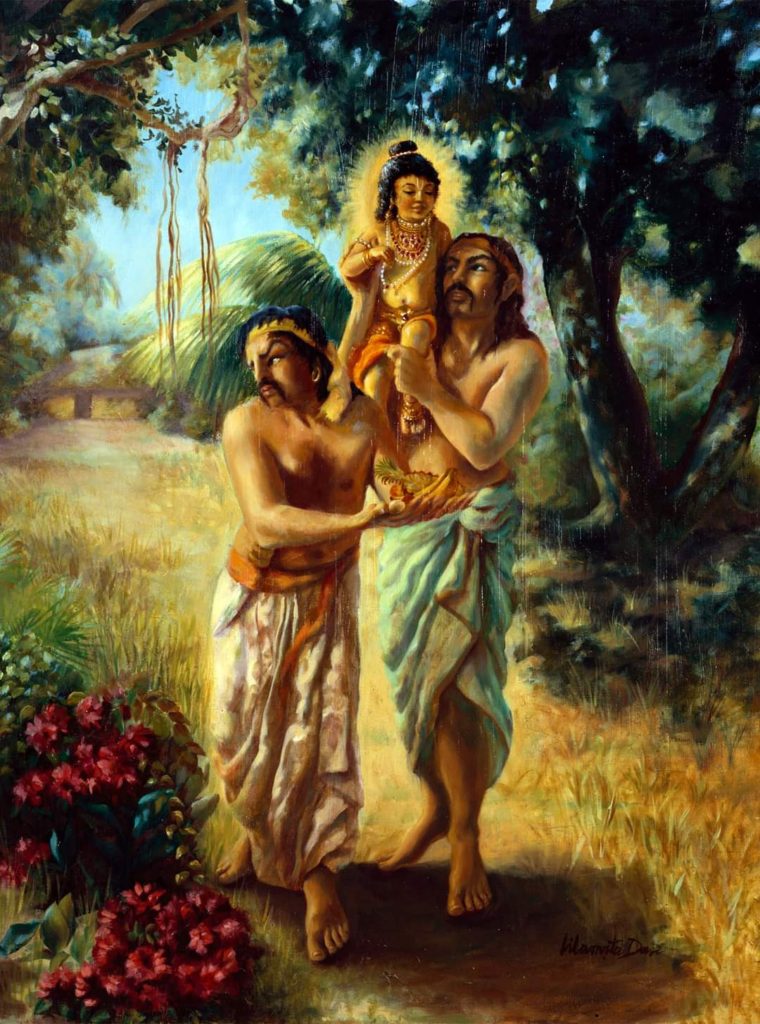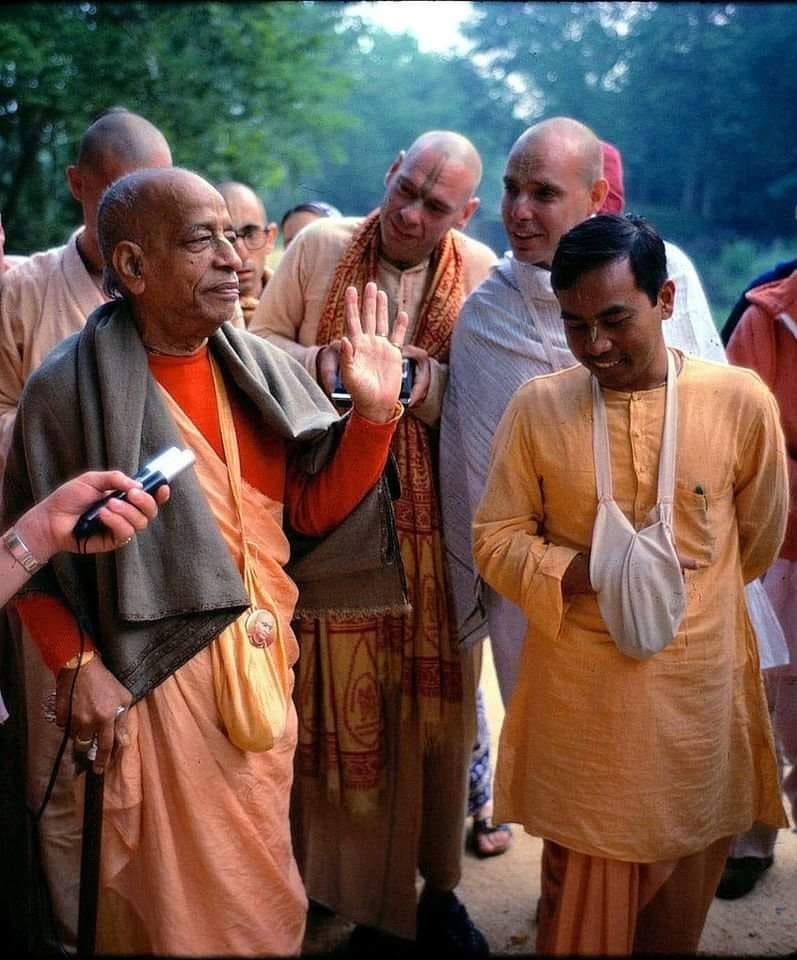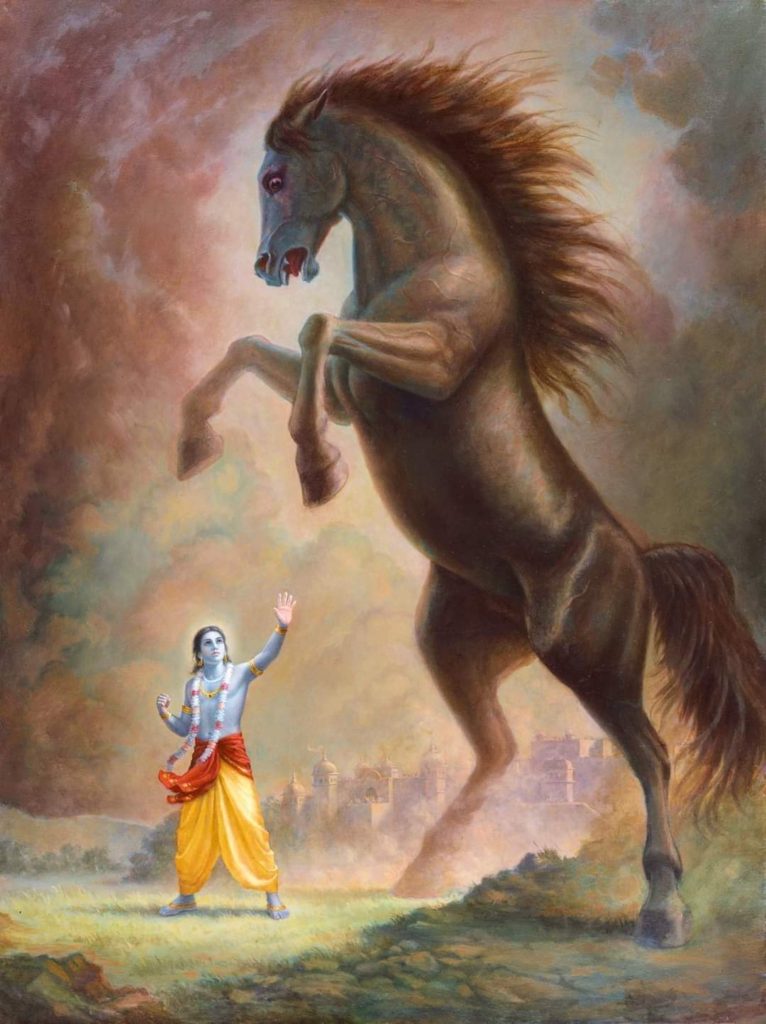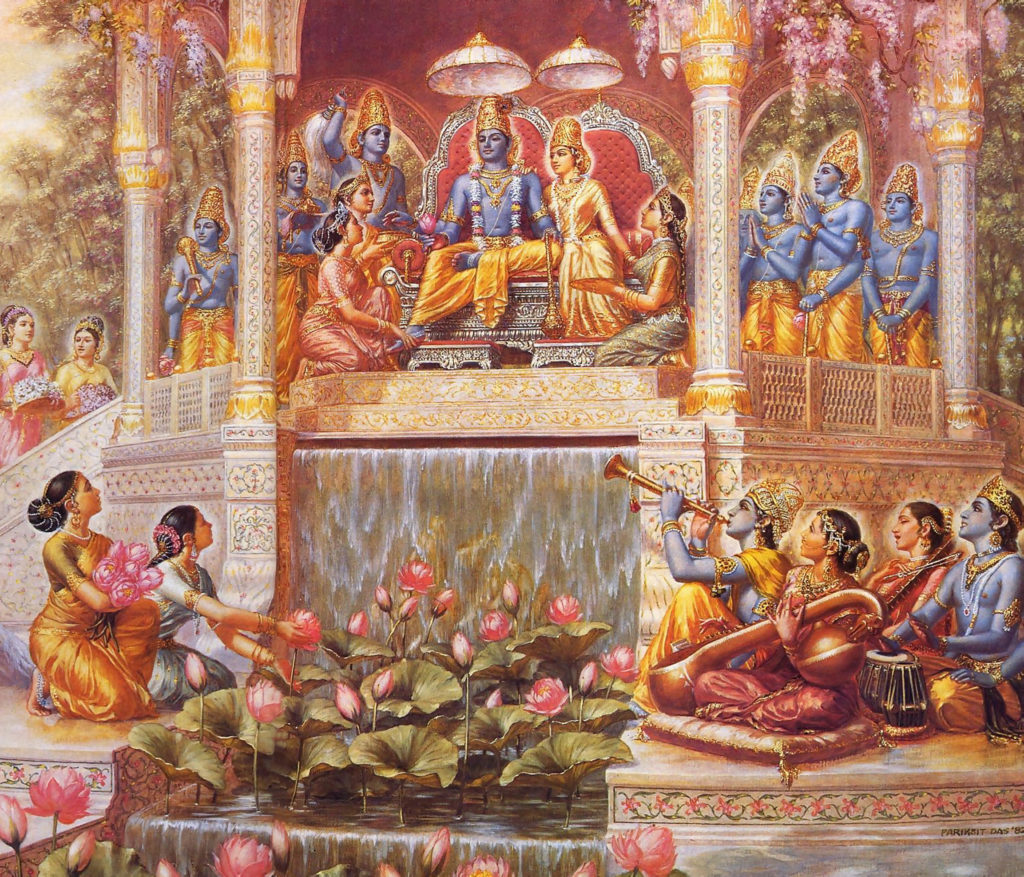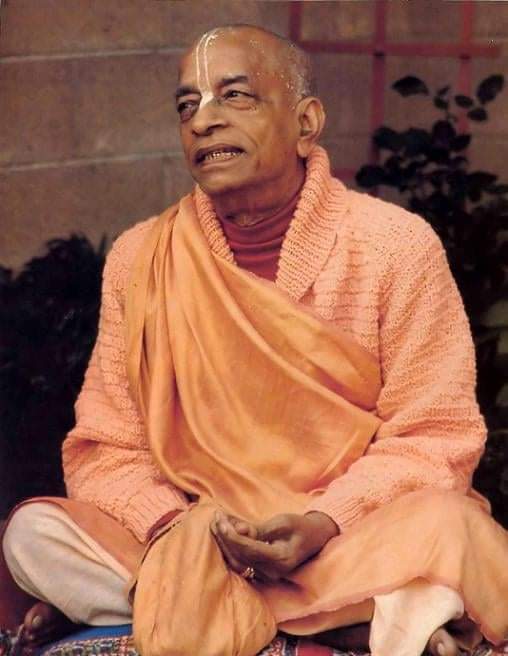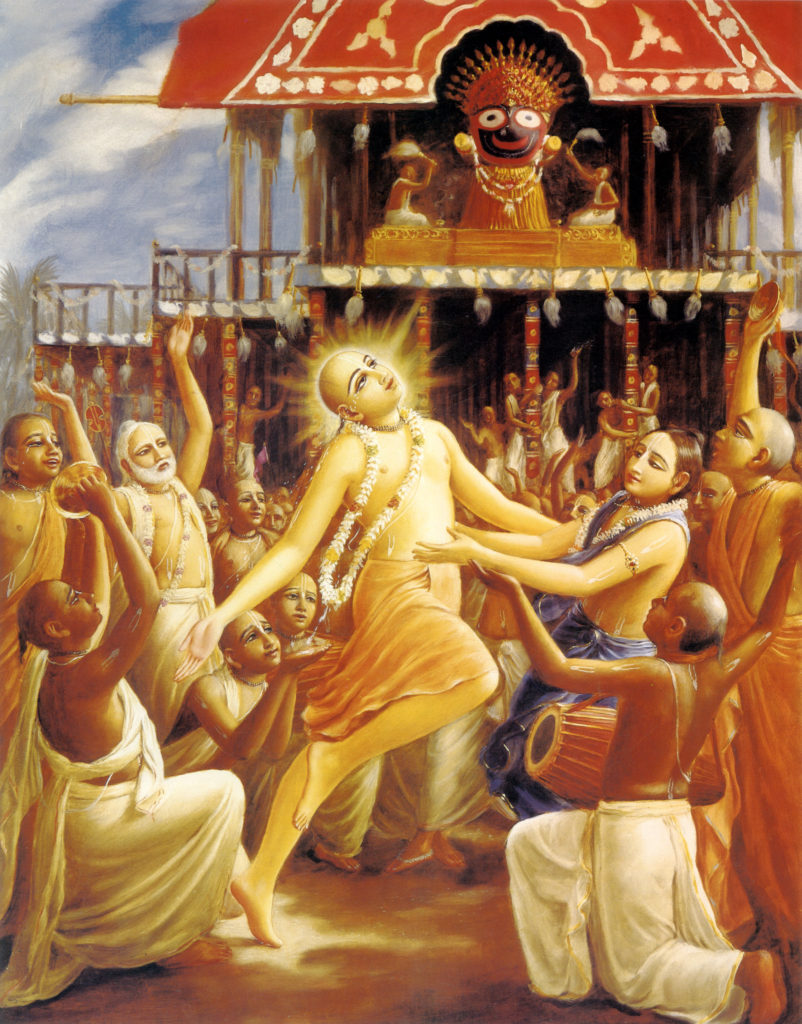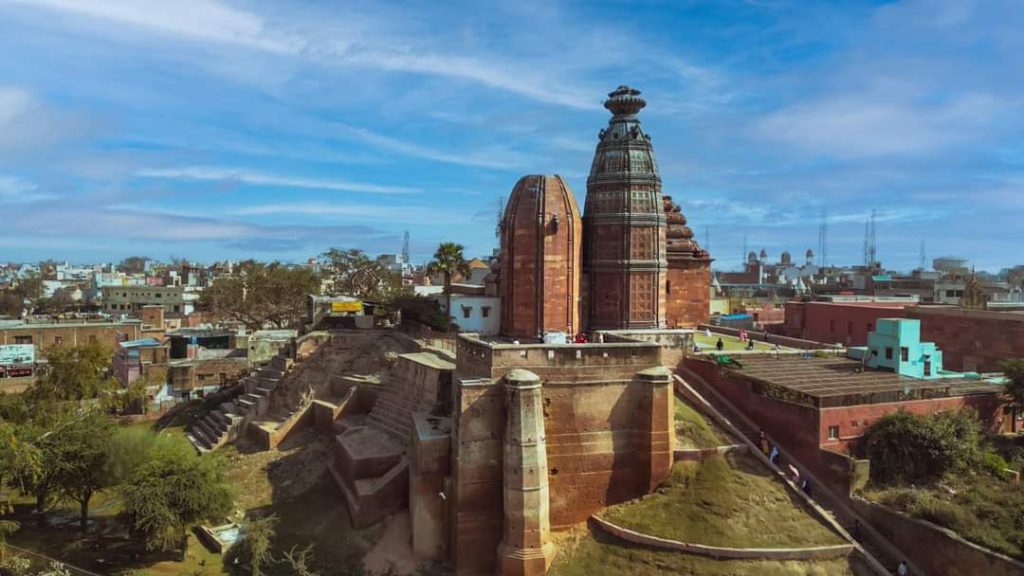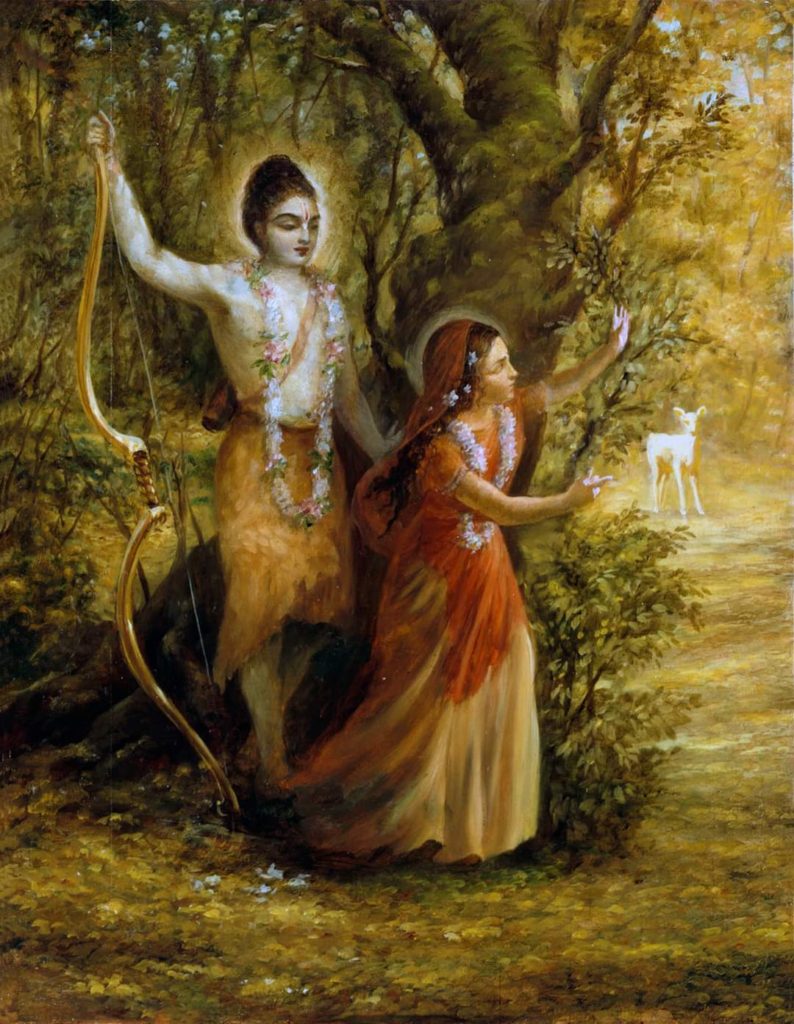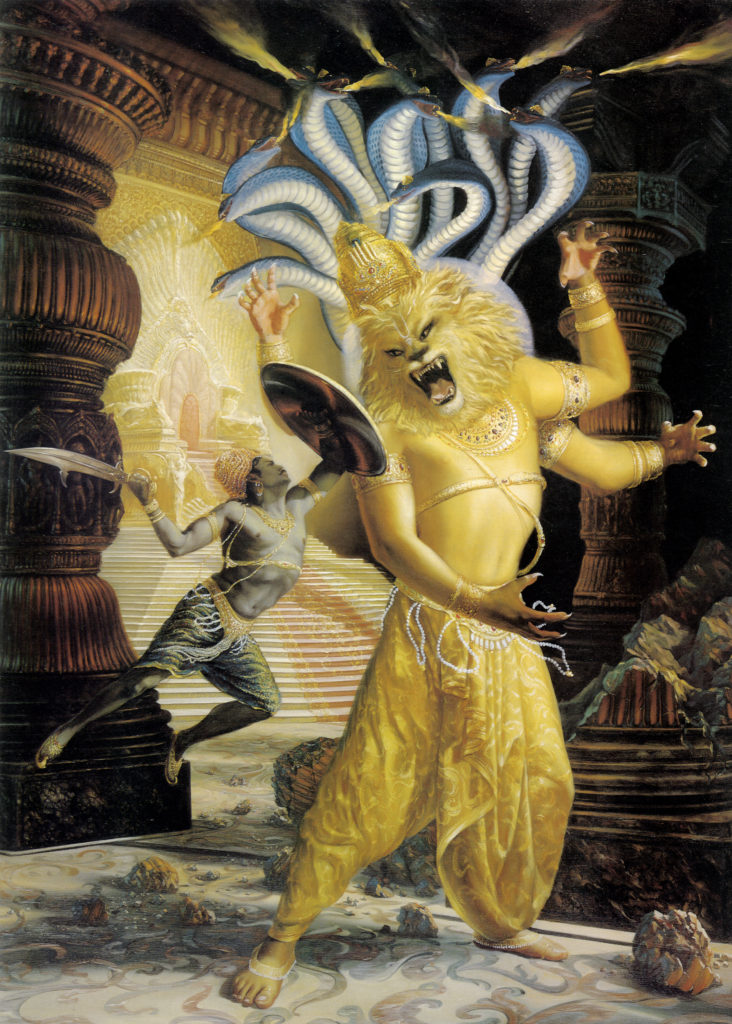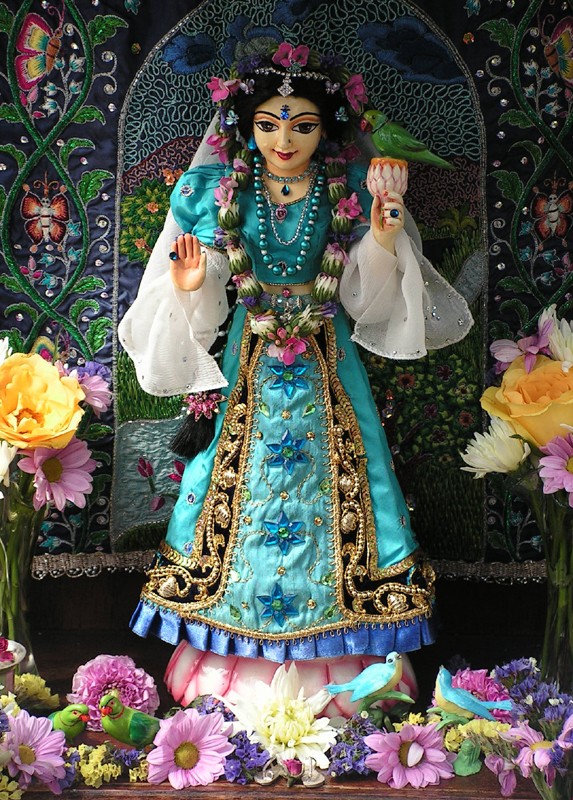One realization I found particularly useful in my spiritual life is understanding that the mind is a separate entity from myself. Prabhupada speaks about that quite frequently in his books: just like the soul is covered by the body and senses, it is also covered by the mind, intelligence, and ego. Thus, in the same way, we understand we are not the body, we should also understand that we are also different from the mind and even the material intelligence.
The mind functions like a mechanical entity, more like a computer. Just like a computer will run the software we install in it, the mind will process the different impressions and stimuli we put on it. The maze of desires that frequently pops out of it is just the result of everything we previously put there. The voice we hear inside our heads is thus nothing more than an echo of everything we saw and experienced in the past.
When we understand that, we start to see the mind as a separate entity, like a child walking beside us. The child may run here and there, want different things, and kick and scream, but we understand that we don’t need to do everything the child wants. One who can detach emotionally from the situation can just observe the bursts of the emotion of the child without directly identifying with it.
Similarly, the mind goes here and there, becoming attracted by different things. If we accept all these desires of the mind as our own, we will have serious troubles, but as soon as we learn to see the mind as a separate entity, we can learn to detach emotionally from it and just observe how it runs here and there, without being very much affected by it. When we can do that, we can just observe the workings of the mind as a neutral party. Eventually, we can even start seeing the mind as part of Krsna’s energy and be amused by its workings.
